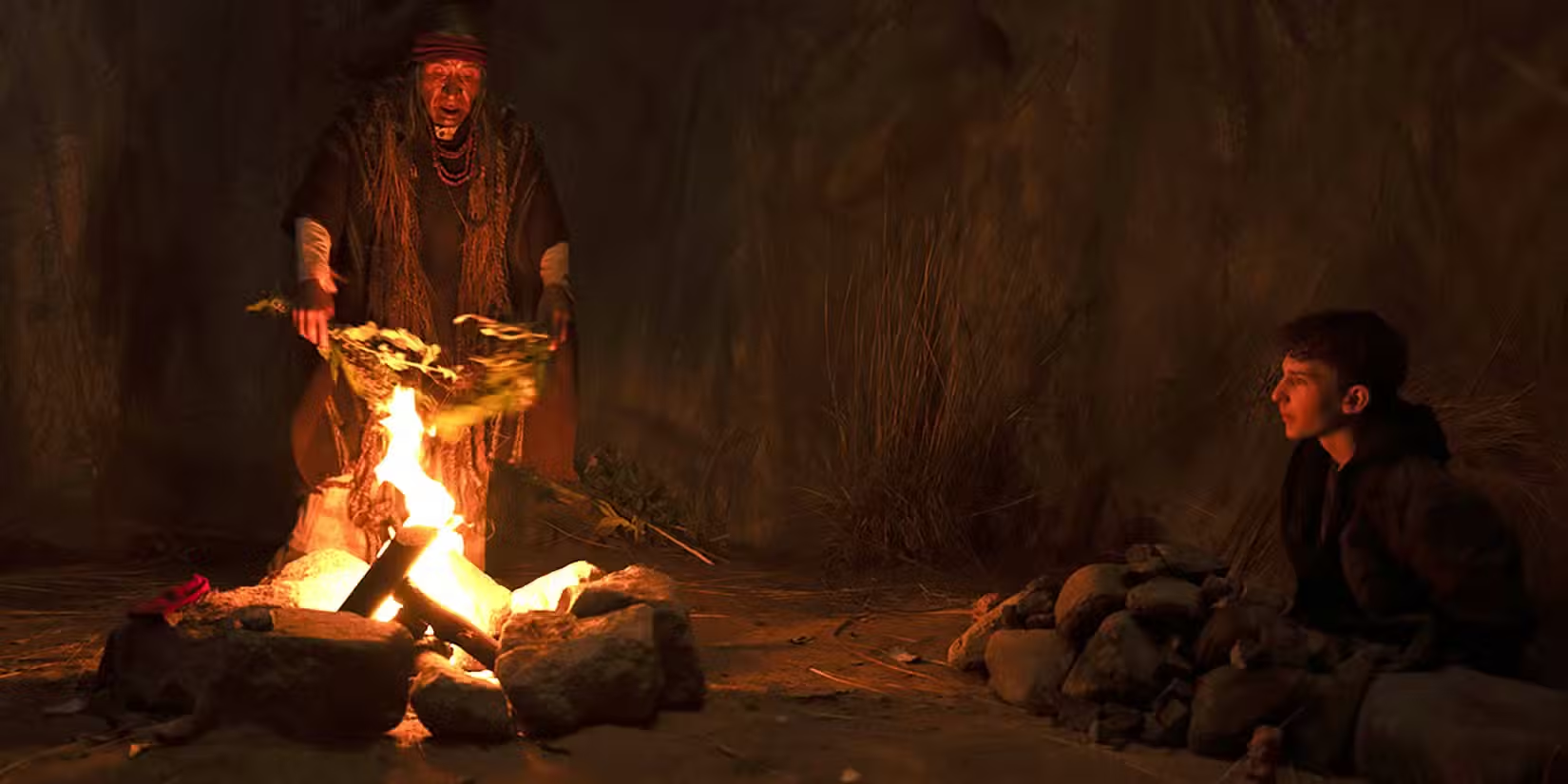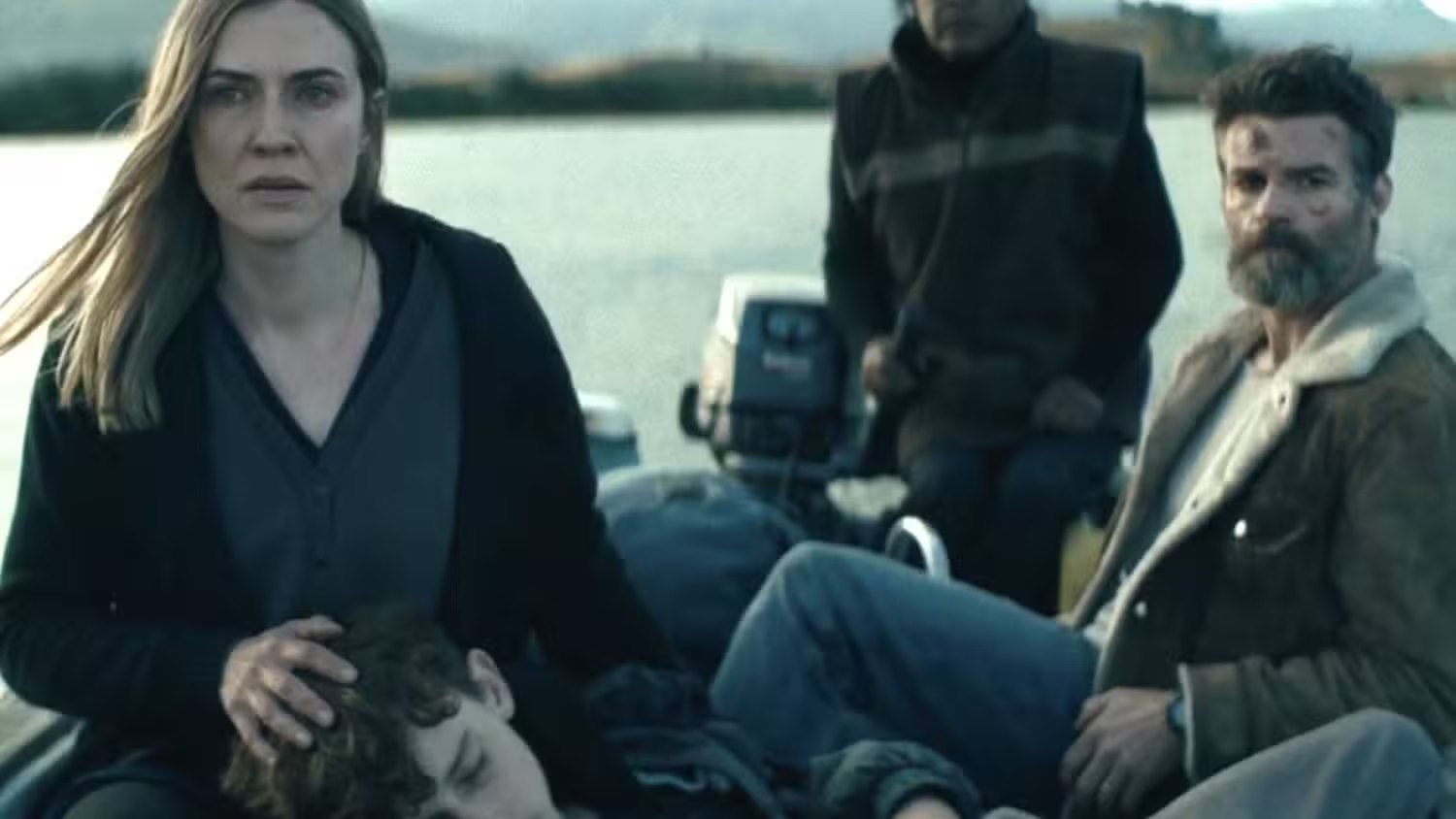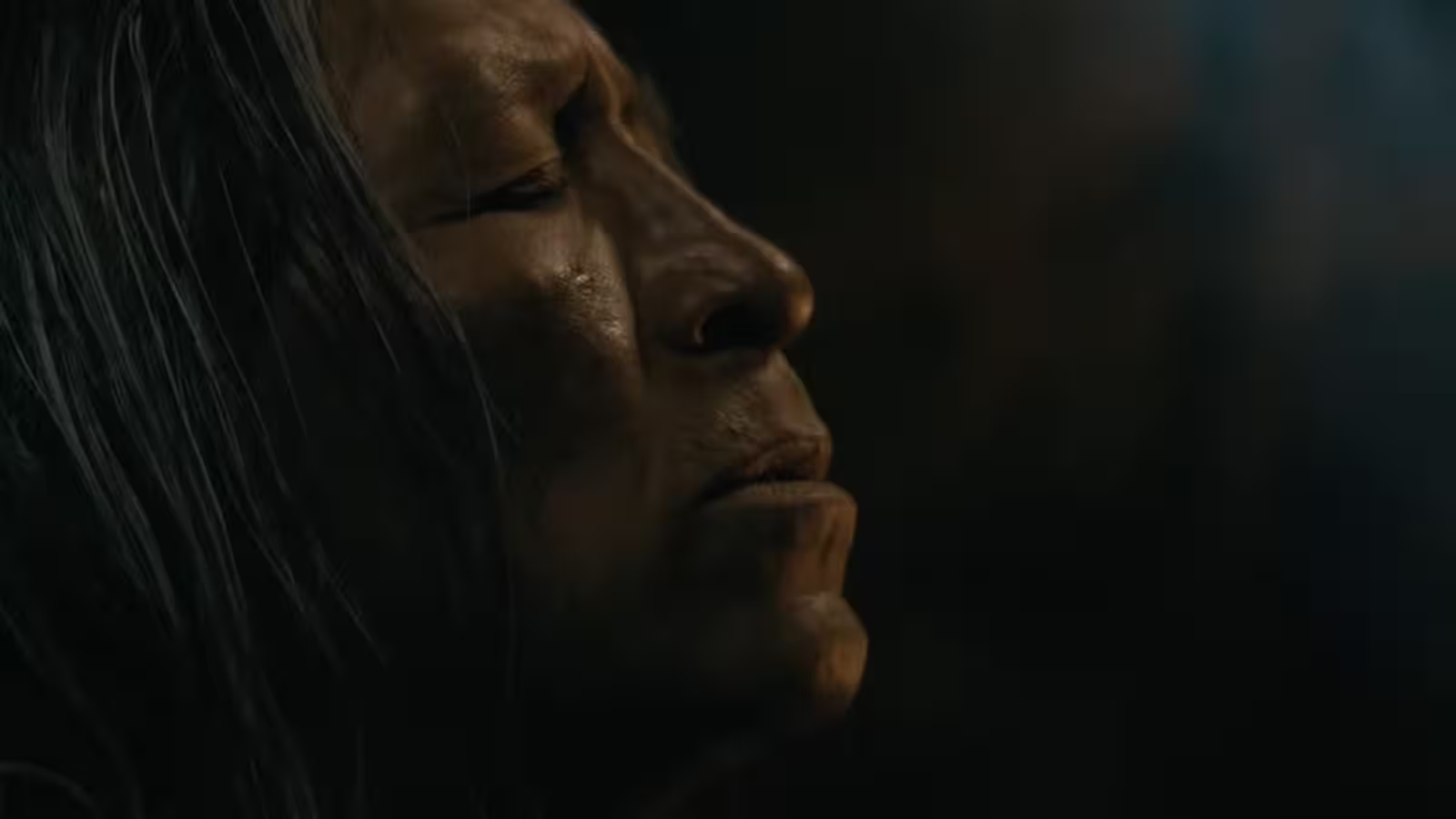5 Minutes
Shaman: A Fresh Take on the Exorcism Genre, or More of the Same?
Since William Friedkin’s iconic classic The Exorcist terrified audiences half a century ago, the world of horror cinema has repeatedly returned to tales of demonic possession and exorcism rituals. With so many films and series drawn to this chilling subgenre, the quest for originality has become increasingly elusive. Now, director Antonio Negret’s latest film, Shaman, arrives, promising a new perspective by drawing from South American influences. But does it offer a true reinvention, or simply new scenery for familiar fears?
Plot Summary: Darkness in the Andes
Set against the haunting backdrop of Ecuador’s volcanic landscapes, Shaman follows an American missionary family as they settle into a remote village. Sara Canning stars as Candice, while Daniel Gillies portrays her husband Joel, a reformed addict desperate to find purpose in his faith. Their quiet life is shattered when their young son, Elliot (Jett Klyne), begins exhibiting disturbing symptoms—whispers in the night, violent hallucinations, and a chilling darkness unlike anything they've encountered.
As unexplained events escalate, the family seeks guidance from local Indigenous healers and confronts the mystery surrounding the entity inhabiting Elliot. Here, the film initially treads new territory, examining the tensions between Western Christianity and the spiritual traditions of the region—before eventually succumbing to the timeworn conventions of exorcism cinema.

Cast and Characters: Strong Performances Amid Familiar Territory
Shaman boasts a solid cast, particularly with Sara Canning as the anguished mother torn between faith and fear. Her nuanced depiction of Candice anchors the film emotionally, making her journey to save her son both moving and relatable for audiences. Daniel Gillies brings intensity to Joel but is hampered by a script that hints too obviously at his checkered past without offering genuine depth or redemption.
Jett Klyne delivers a physically unsettling performance as the possessed Elliot, but the film offers little distinction between the boy's innocent and corrupted states, lessening the story’s emotional impact. Unfortunately, the Indigenous characters—so crucial to the film’s cultural context—are underwritten and largely sidelined, leaving the narrative’s broader ambitions unfulfilled.

Behind the Scenes: Direction and Visual Flair
Returning to feature filmmaking after the action-packed Overdrive, Antonio Negret demonstrates a clear command of suspense and atmosphere. Visually, Shaman is at its best during nightmarish sequences—crawling swarms of scorpions, inky black fluids oozing from possessed figures, and the ominous gloom of volcanic caves. These moments showcase Negret’s skillful use of CGI and practical effects, creating eerie, memorable tableaus that stay with the viewer long after the credits roll.
Negret’s brother, Daniel, makes his screenwriting debut here. While the script benefits from intriguing themes—especially the collision between faiths and cultures—it often falls back on formula. Tropes like “the power of Christ compels you” and demonic taunts are present and, for seasoned horror fans, a bit too familiar.
Production Details: Setting, Style, and Symbolism
Shot on location in Ecuador, the film uses its setting effectively to provide fresh visuals rarely seen in mainstream horror. The volcanic terrain, dense jungles, and Indigenous rituals add atmospheric tension and authenticity, even if the deeper mythologies remain just out of reach. Shaman strives for respectful representation, avoiding the trope of casting local culture as mere threat, but could have gone further in exploring Indigenous perspectives and folklore.

Critical Reception: Hype vs. Substance
Upon its debut on August 8 in theaters and on digital platforms, Shaman has sparked discussion in horror circles for attempting to expand the boundaries of exorcism movies. Early critical response commends Negret’s direction and Canning’s performance, yet several reviewers note a sense of déjà vu. Despite the film’s visually rich execution and fresh setting, audiences hungry for a radical revision of the genre may find themselves wishing for more risk and innovation.
Final Thoughts: The Future of Exorcism Films
For fans of supernatural horror and those who appreciate a gripping, atmospheric ride, Shaman delivers plenty of tension and spectacle. However, it stops short of fully reinventing the exorcism movie. Still, the film’s willingness to explore cross-cultural themes is a significant step—hopefully inspiring future filmmakers to dig even deeper, both creatively and culturally. If you’re ready to confront ancient evils in a new locale, Shaman is worth a watch, even if the true terror, like originality in this subgenre, remains elusive.
Source: screenrant



Leave a Comment